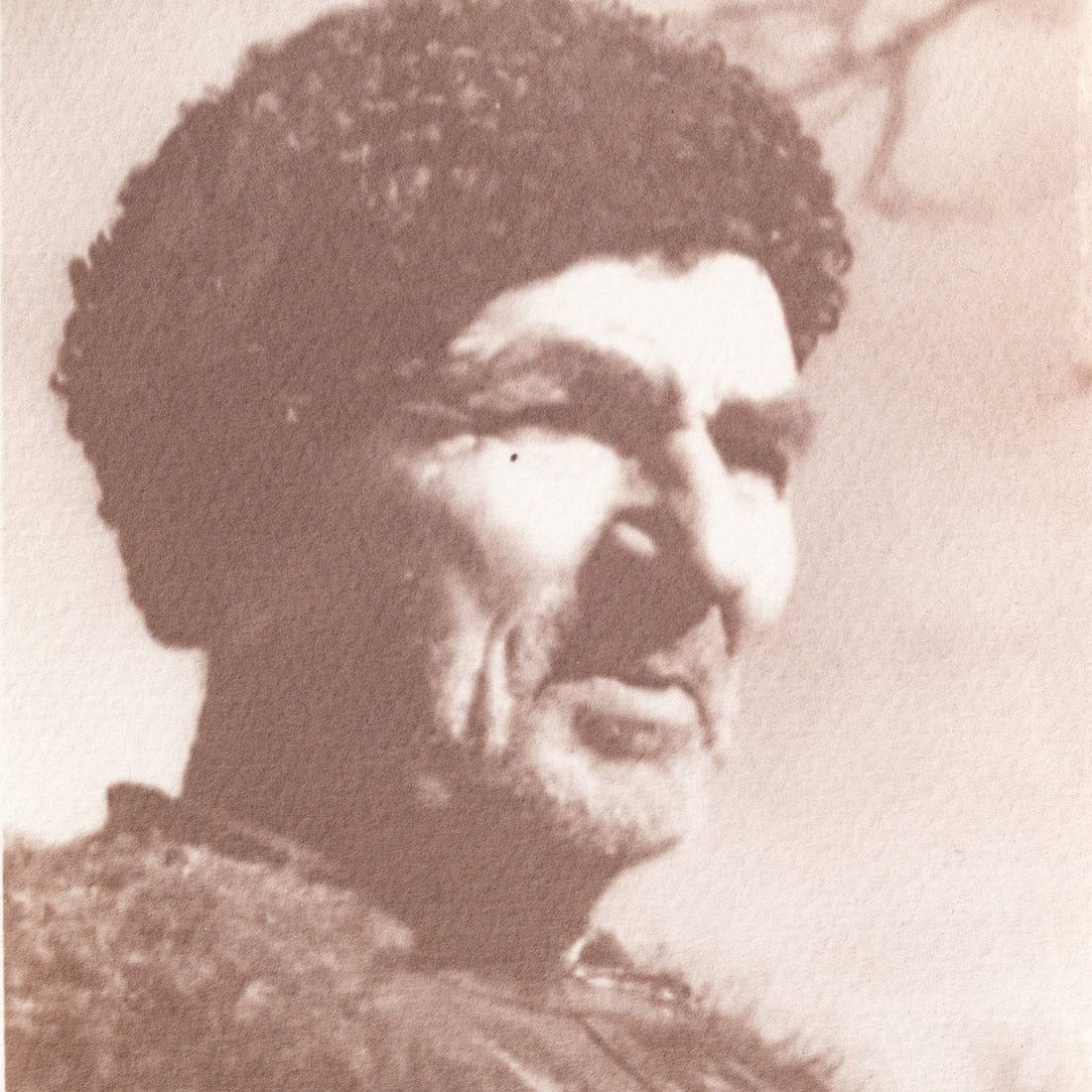
Stratigraphies
Photographs Cristina Epure
Salt paper photographic processes Olivier Guyaux
Archives Astra Sibiu Museum
Lecture Paul Hermant
As part of Biénnale de la photographie de Molenbeek-Saint-Jean
Visits timetable |
Entrance 5 euros |
| Wednesday | 3 pm - 6 pm |
| Thursday | 3 pm - 6 pm |
| Friday | 3 pm - 6 pm |
| Saturday | 11 am - 6 pm |
| Sunday | 3 pm - 6 pm |
Cristina Epure, is an art historian and photographer living in Brussels of Romanian origin. "Stratigraphies" delves into the concept of "ghost places" and how they remain etched in our memories long after they have disappeared. As for an amputated limb, the persistence of the body schema as it was before the disappearance of a part of the body would be one of the causes of the existence of the phantom limb. It is an invitation to reflect on the interplay between the tangible and the intangible, the visible and the invisible, and how innate memory shapes our perception of the world. Cristina's photographs attest to this persistence. The use of salt and water from Transylvania as basic materials for printing photographs reconnects with erased territories.
The vernacular photos of Romania presented in reverse shot to the work of Cristina Epure at the Tiny Gallery come from the old collections of the Astra Museum in Sibiu. The ASTRA Museum is one of the most dynamic public museums in Romania when it comes to the preservation and active promotion of tangible and intangible cultural heritage of ethnographic value. Photographic testimonies of a rural civilization, the images are the mirror of the relationship of man often alone in front of his often immense space.
The contemporary prints made by the old technique of salted paper inscribe the photographs in a permanence of the material.
